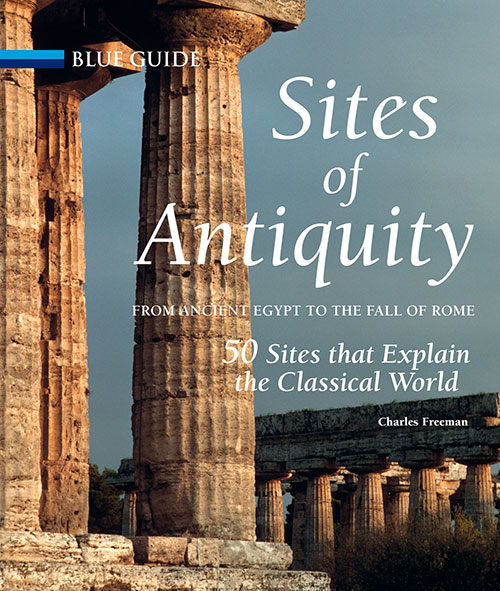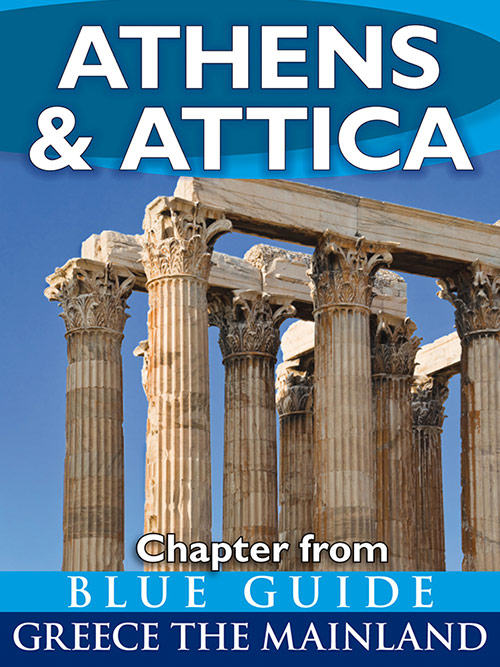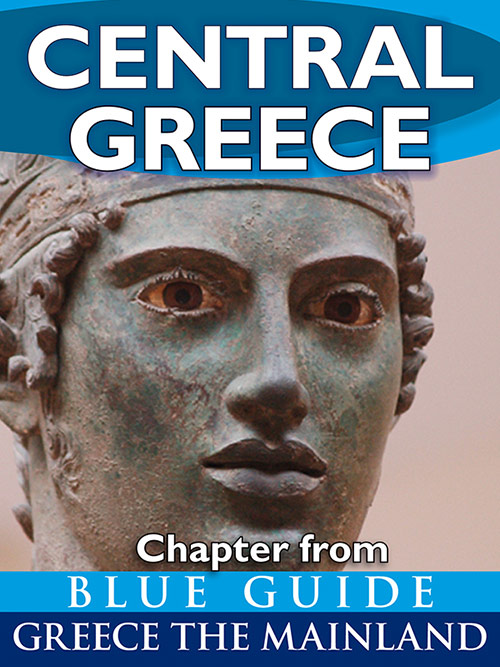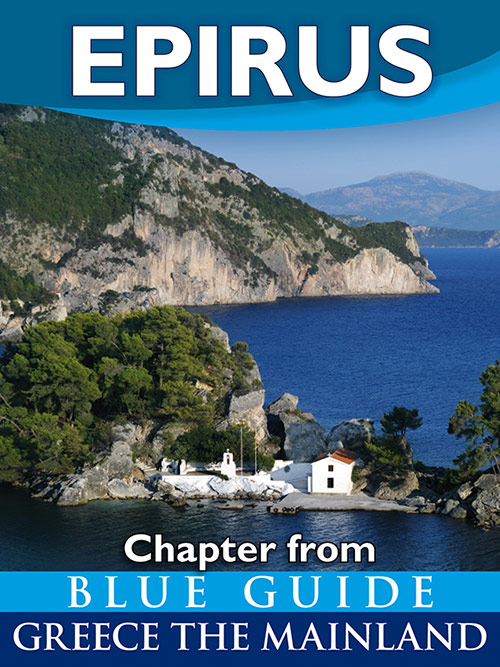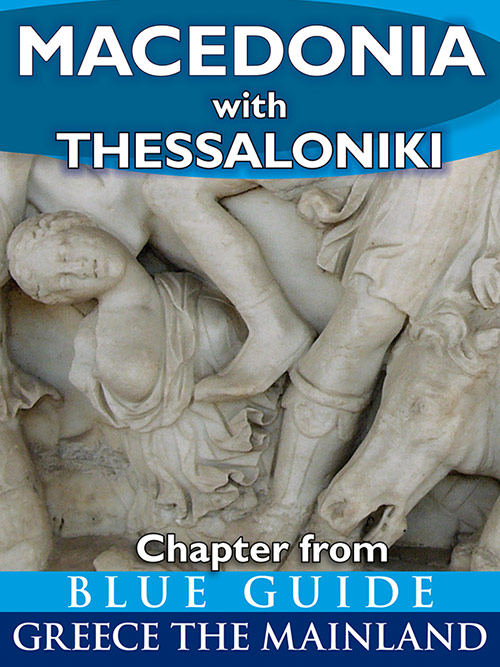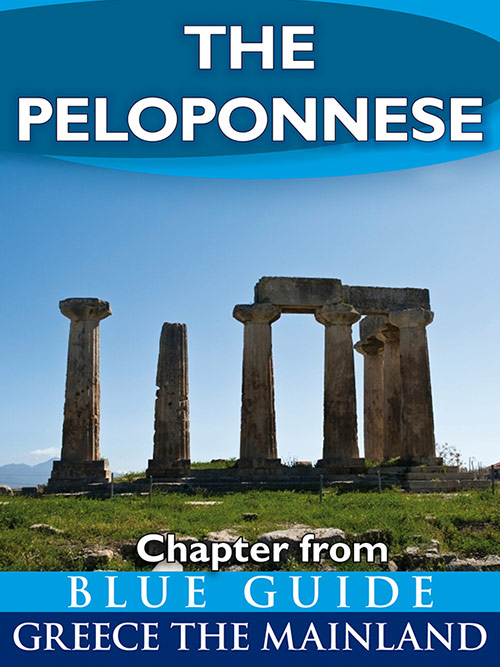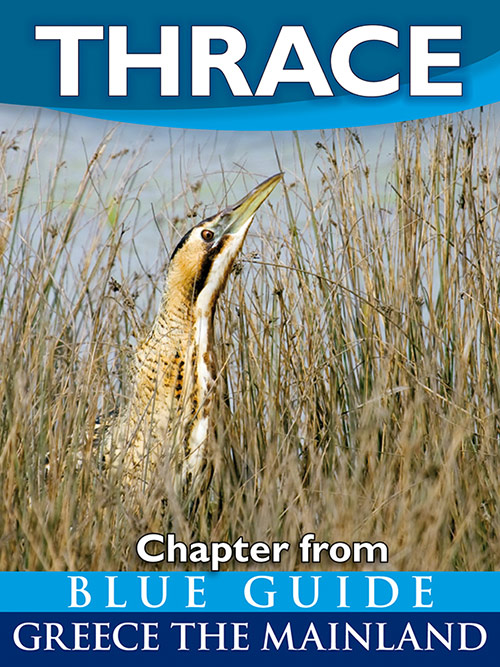Editor’s Blog: insights, tips, news – Greece and Crete posts »
Blue Guide Greece the Mainland
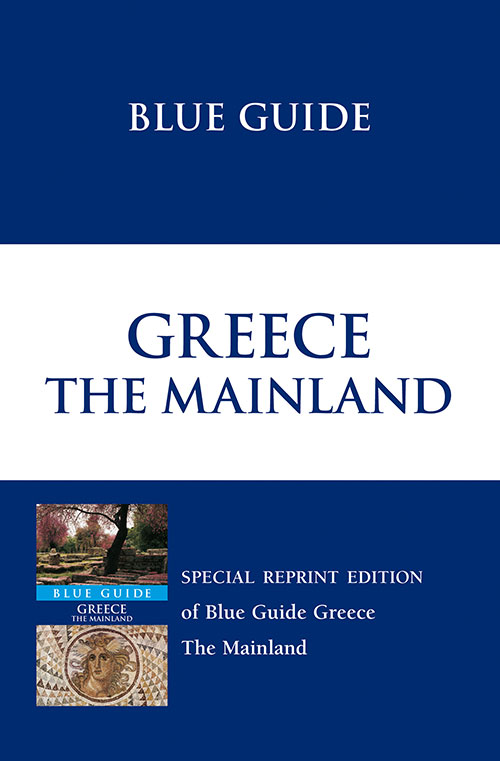
Amply covers mainland Greece, the cradle of western civilization. Updated information on developments in archaeology and scholarship make this the essential guide for visitors to Greece who are genuinely interested in its past as a way of enjoying the present.
Blue Guide Crete

Focuses on the long history of the largest Greek island, from Minoan civilization to the present day. It includes detailed coverage of the major resorts and archaeological sites, Venetian and Ottoman architecture, the island’s unique landscape and wildlife, and its important history in the Second World War. Plenty of practical tips—how to get around, where to stay, and what to eat (Crete has some of the best cuisine in Greece)—are also included. Paola Pugsley is a Cambridge-based professional archaeologist who often works on location in Greece and Turkey.
Blue Guide the Aegean Islands
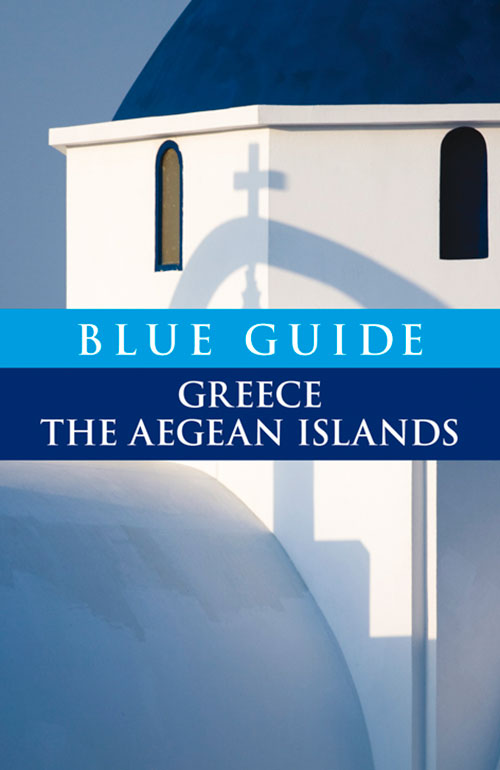
The first full Blue Guide treatment of all the Greek Aegean islands in a single volume. Lovingly written, it contains a wealth of detail on all aspects of these popular destinations: early history and archaeology, Classical and Byzantine art and architecture, Venetian and Ottoman monuments, and present-day concerns such as where to eat, which beaches to visit, and how to get from island to island. Nigel McGilchrist is an art historian with a long-standing interest in the Mediterranean region.Turkey.
Inside look
View the full example page – PDF
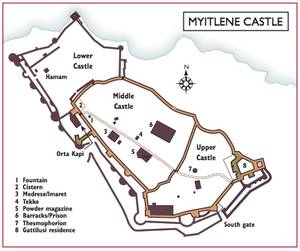
The impressive quantity of spolia incorporated in the castle walls gives an idea of the extent of the destruction wreaked on the ancient town when the castle was first built. The first post-antique fortress here is said to have been erected in the 6th century AD, under the Emperor Justinian: the innermost of the three successive gates on the west side is Byzantine, and it marks the northwestern limit of the Byzantine castle. The enceinte was strengthened and further fortified to the south and west by the Genoese Gattilusi overlords, between their coming into possession of the castle in 1355 and a catastrophic earthquake in 1384 that wrought considerable damage to the structure and killed all of the ruling family save for a single son, Francesco II. What was rebuilt was considerably damaged again by the Turkish assault of 1462. In 1501, under Sultan Beyazit II, the Lower Castle, protected by a circular bastion at the northernmost point, was added to protect the north harbour. The interior was densely inhabited in Ottoman times; many of the ruined buildings still visible inside date from the 16th–19th centuries.

Our titles about Greece
Greece the Mainland
Greece the Aegean Islands
-

Blue Guide Greece the Aegean Islands
-
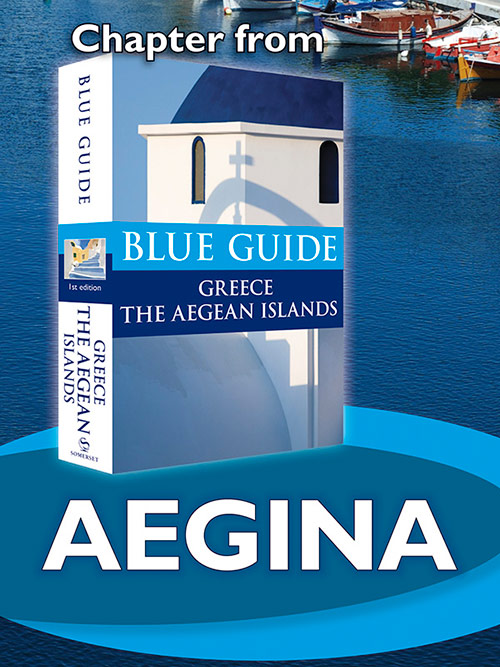
Aegina with Angistri
-
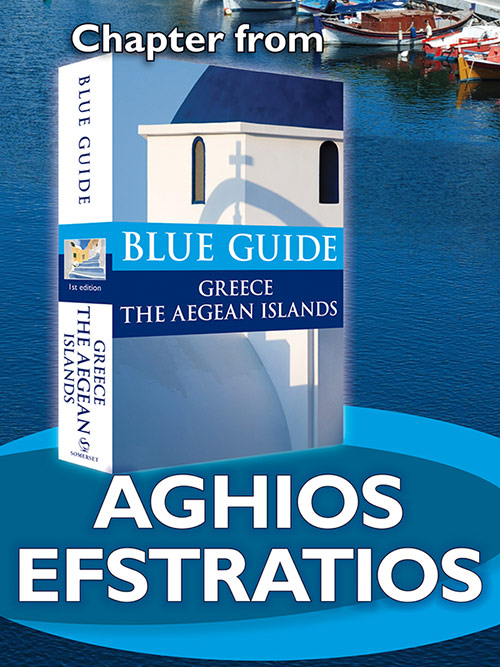
Aghios Efstratios
-
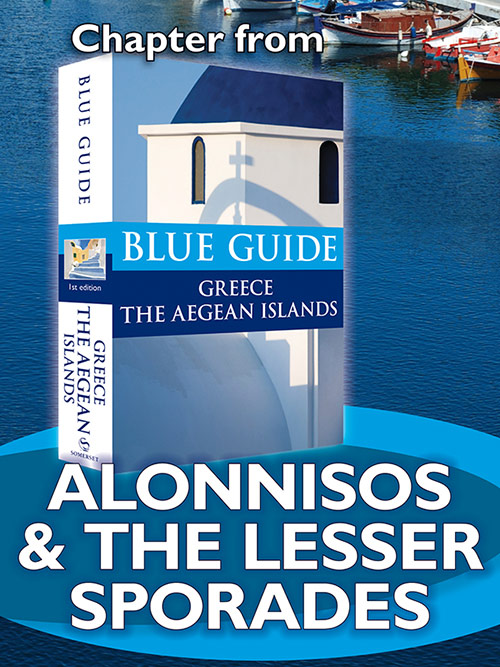
Alonnisos & The Lesser Sporades
-
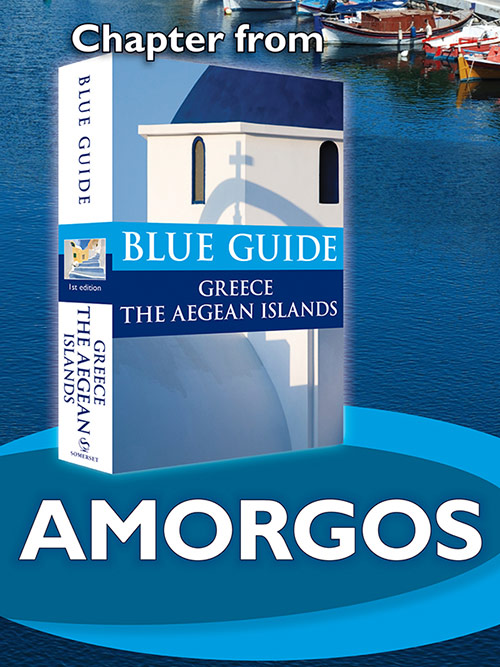
Amorgos
-
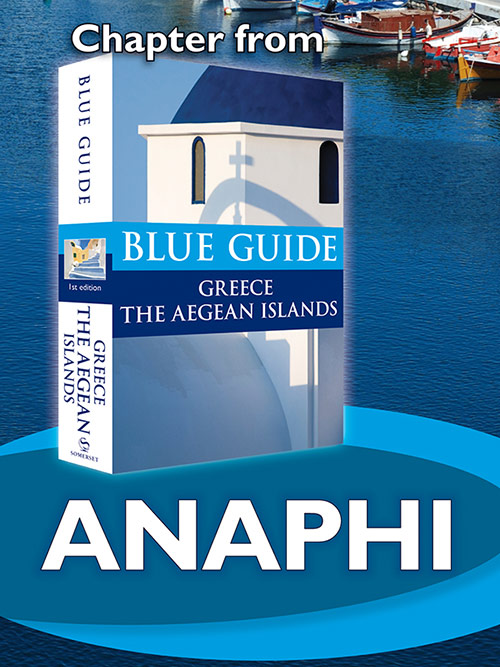
Anaphi
-
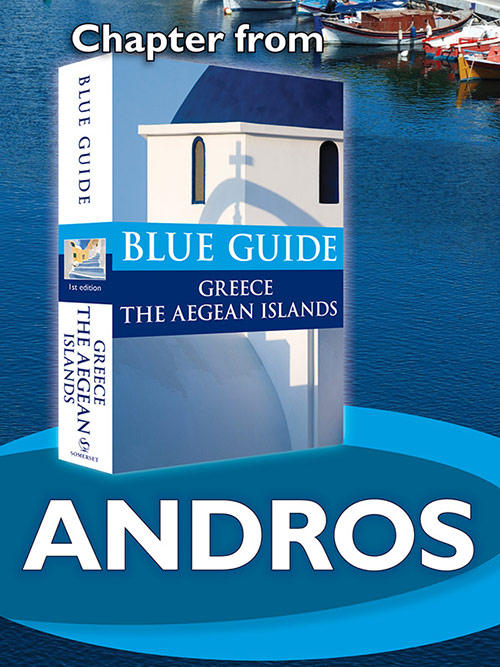
Andros
-
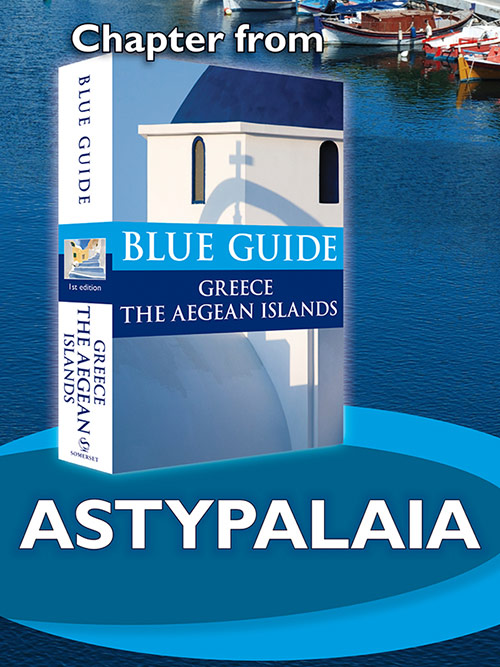
Astypalaia
-
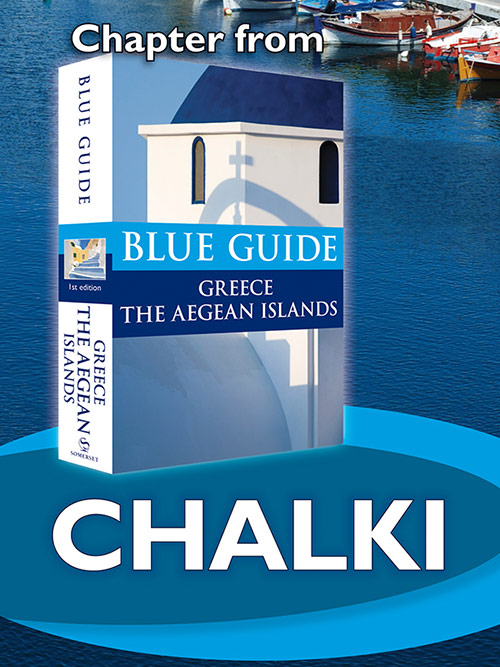
Chalki with Alimnia
-
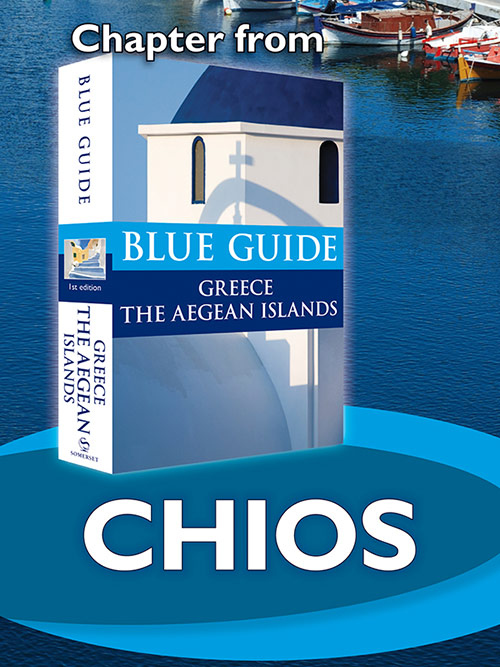
Chios
-
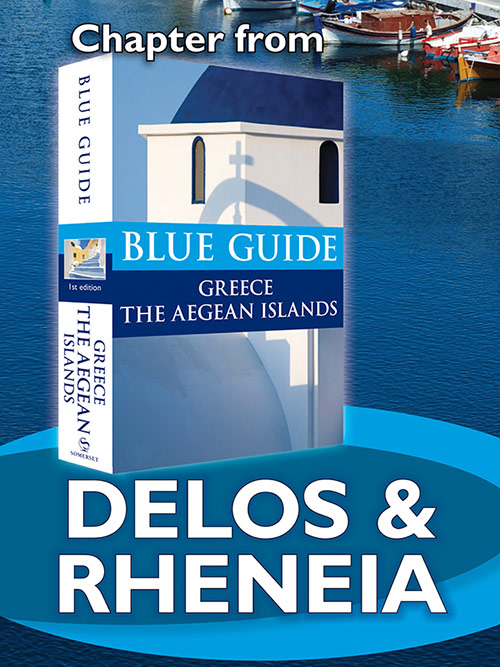
Delos & Rheneia
-
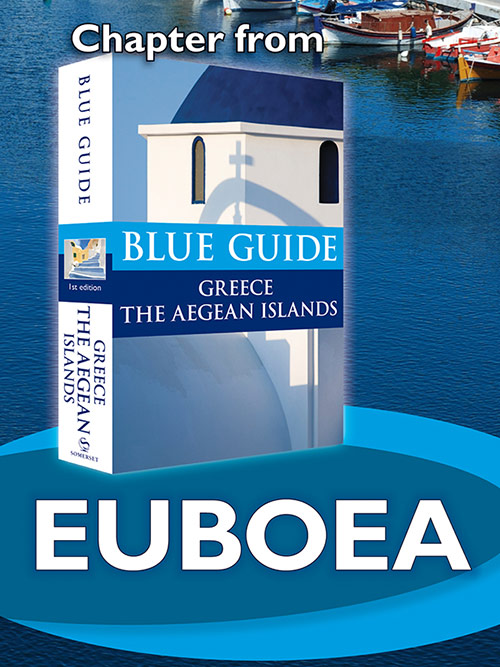
Euboea
-
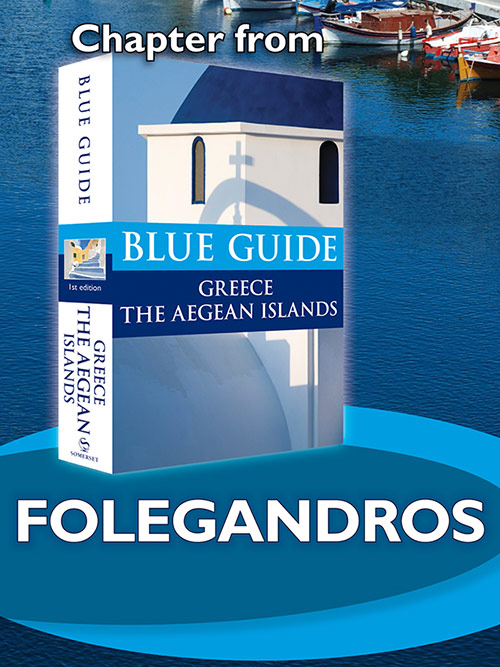
Folegandros
-
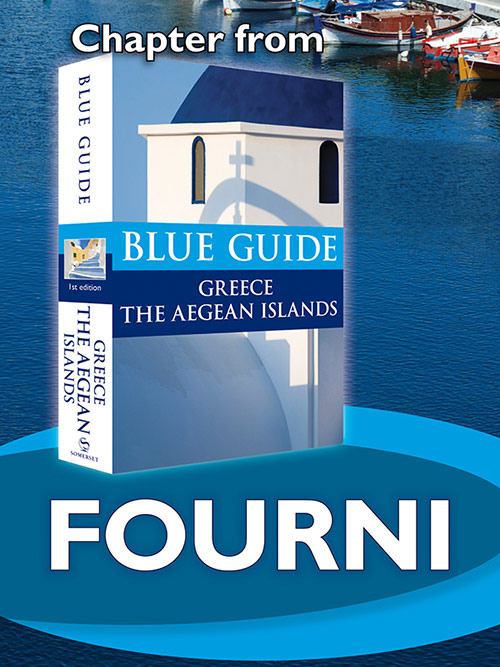
Fourni with Thymaina
-
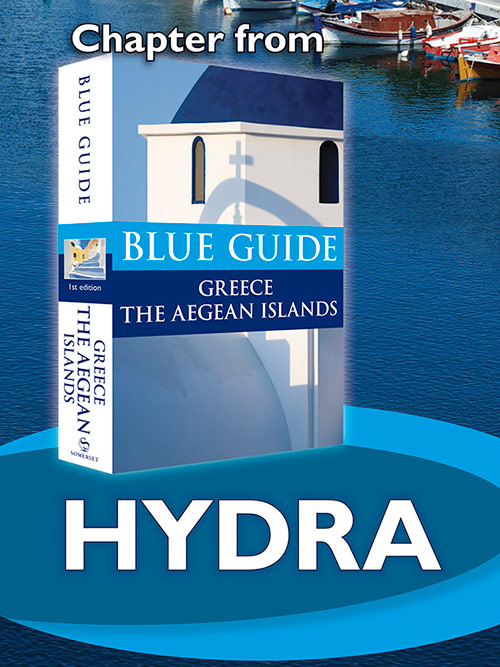
Hydra with Dokos
-
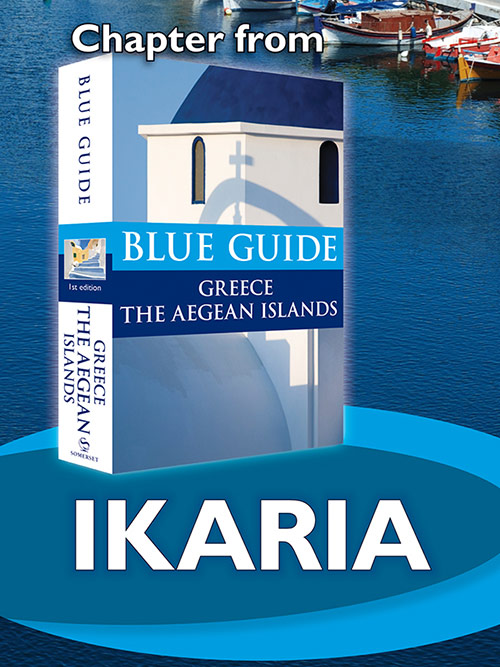
Ikaria
-
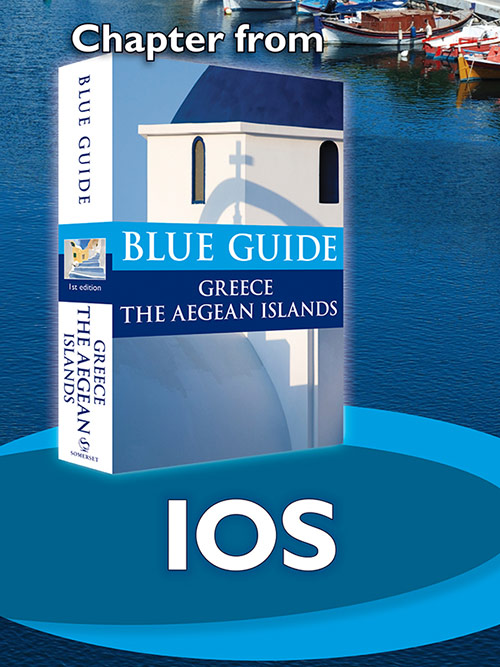
Ios
-
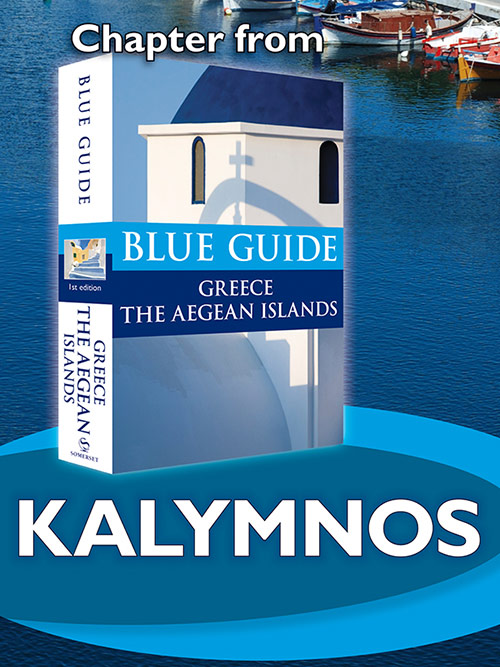
Kalymnos, Telendos and Pserimos
-
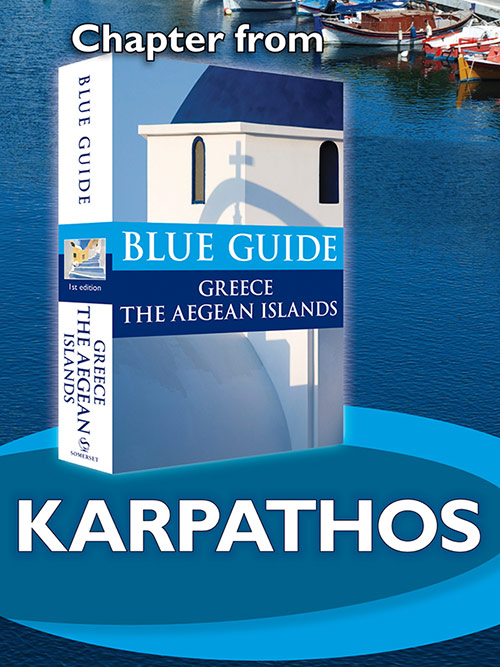
Karpathos and Saria
-
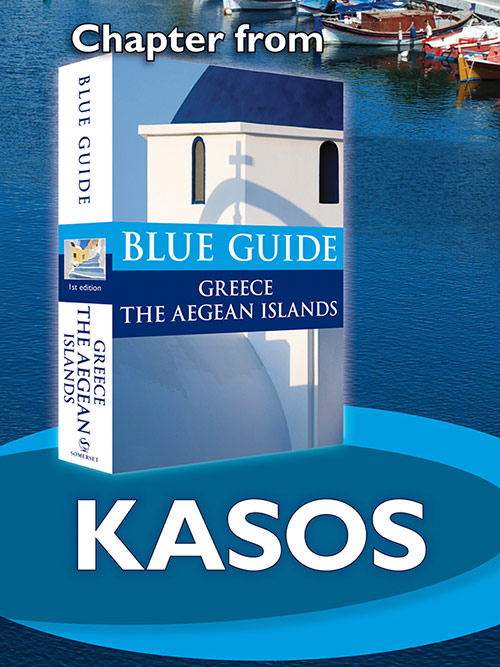
Kasos
-
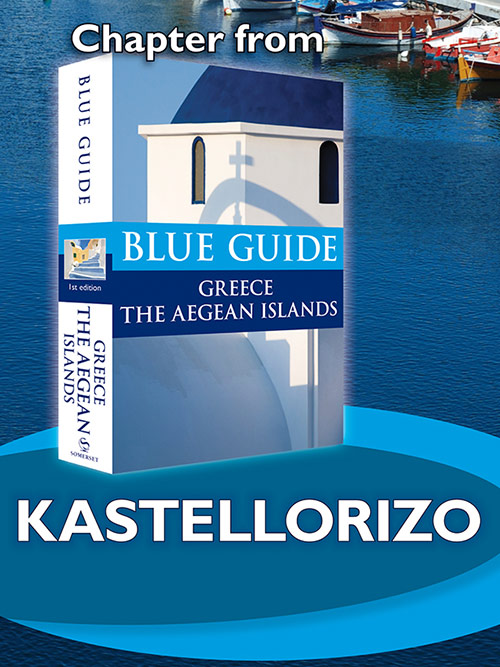
Kastellorizo and Rho
-

Kea with Gyaros and Makronisos
-
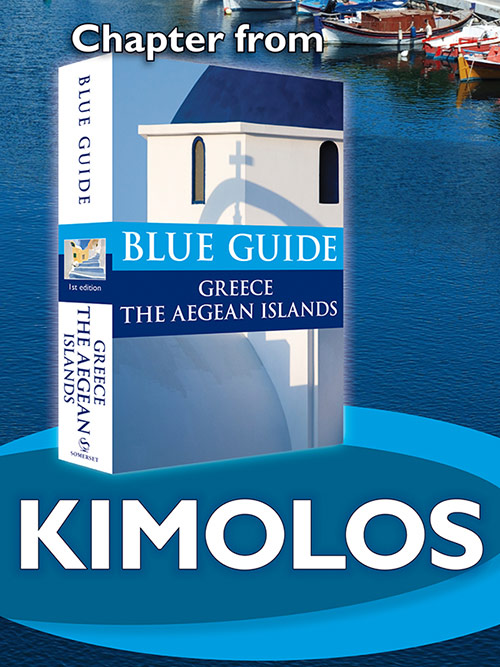
Kimolos with Polyaigos
-
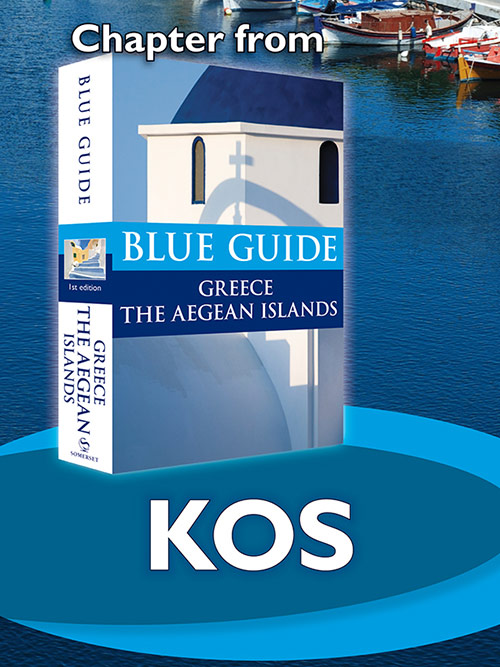
Kos
-
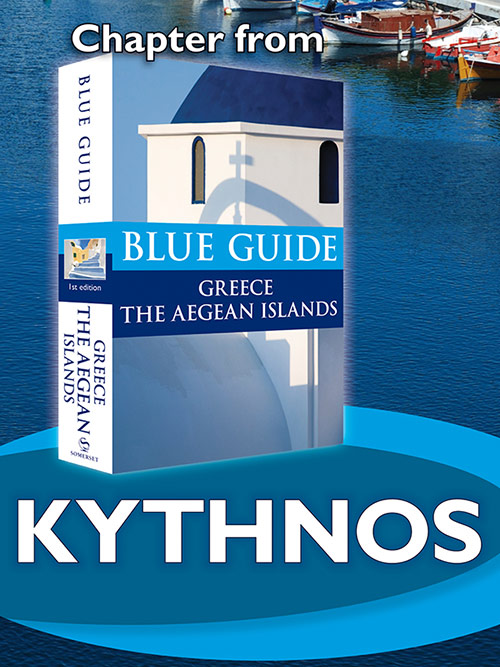
Kythnos
-
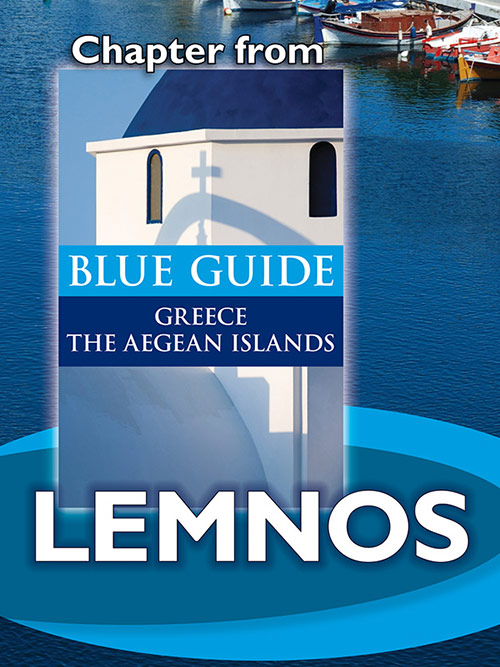
Lemnos
-
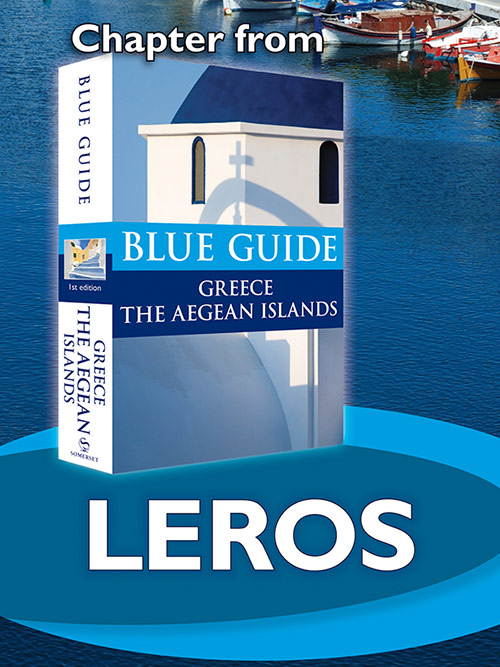
Leros
-
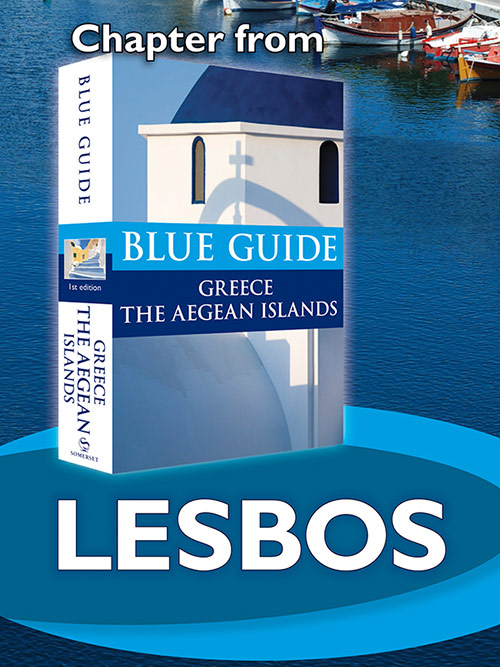
Lesbos
-
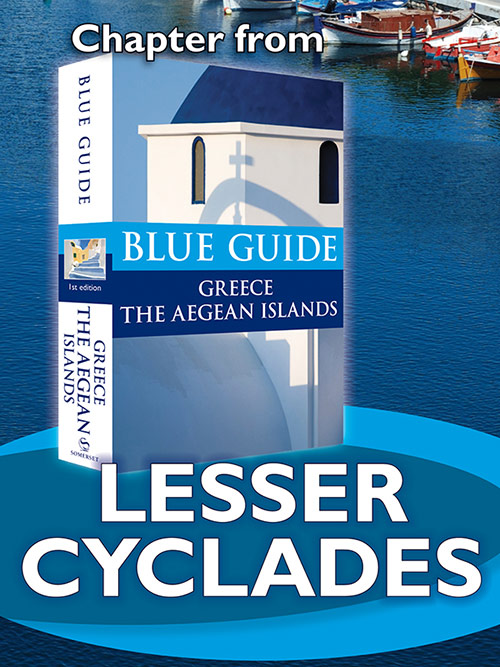
Lesser Cyclades
-
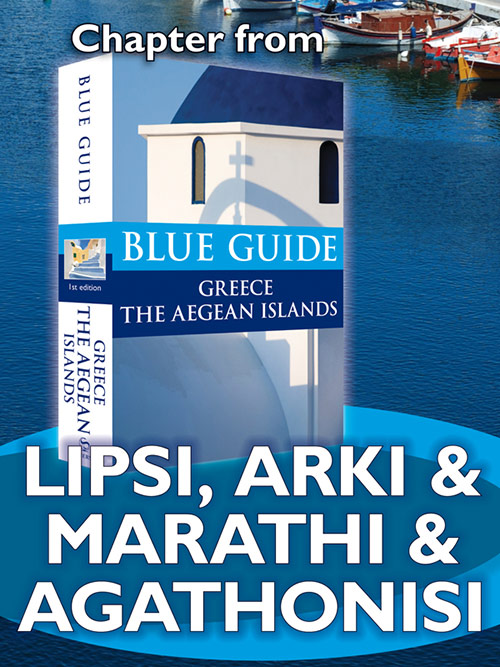
Lipsi, Arki & Marathi & Agathonisi
-
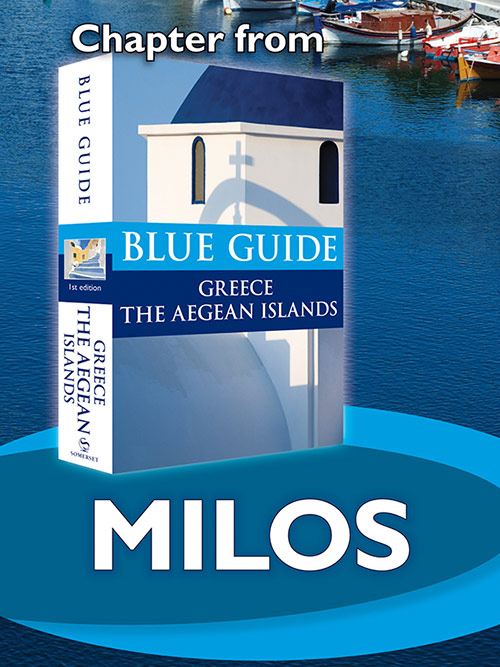
Milos
-
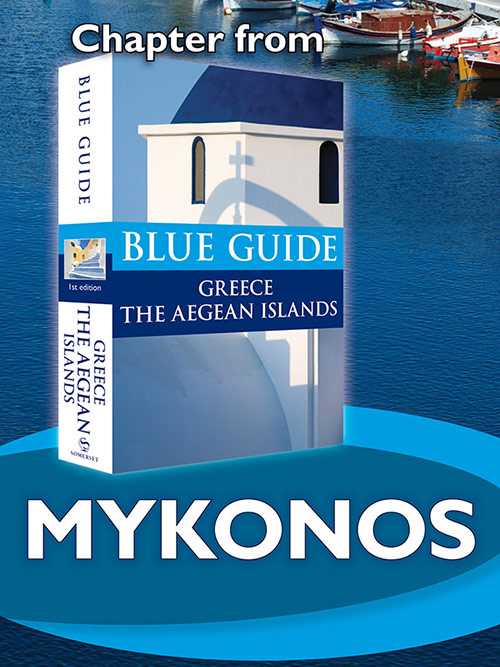
Mykonos
-
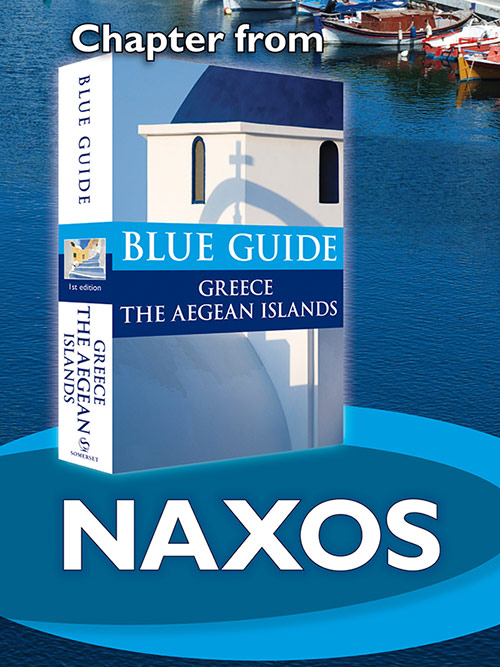
Naxos
-
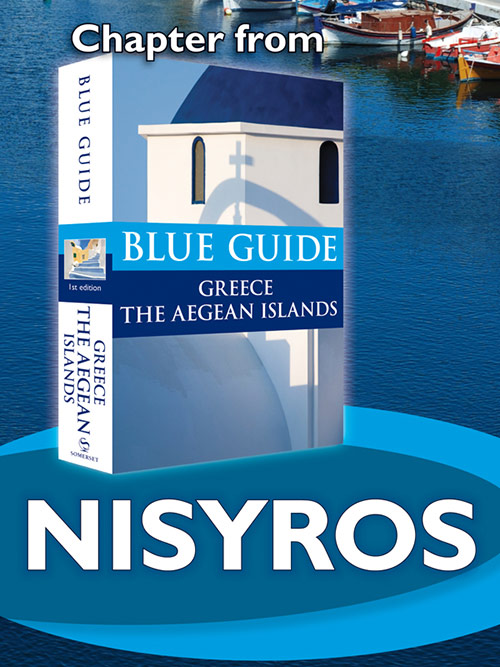
Nisyros with Gyali
-
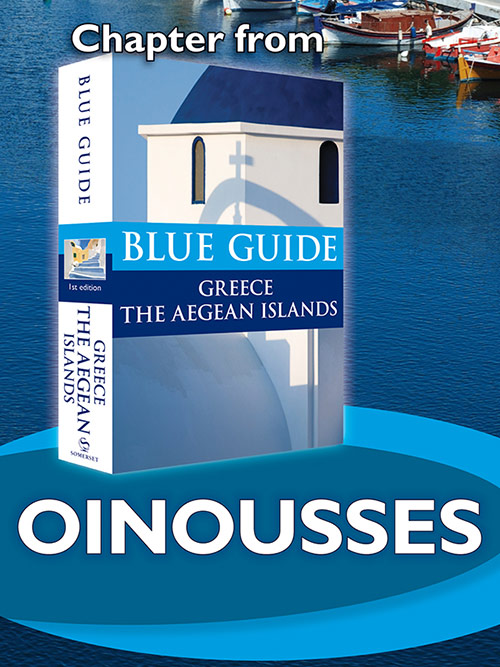
Oinousses
-
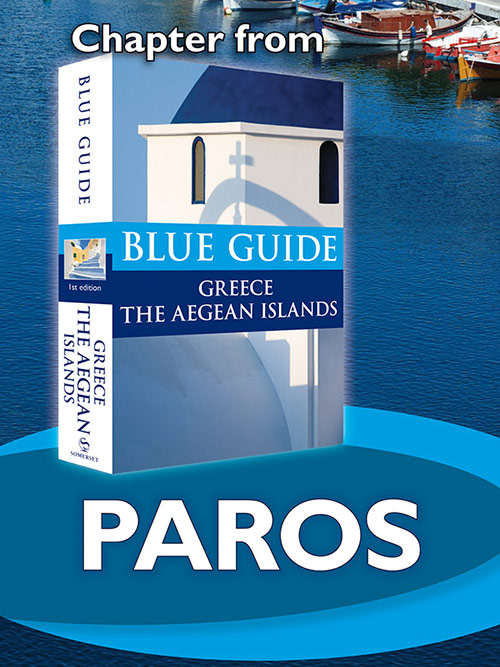
Paros with Antiparos and Despotiko
-
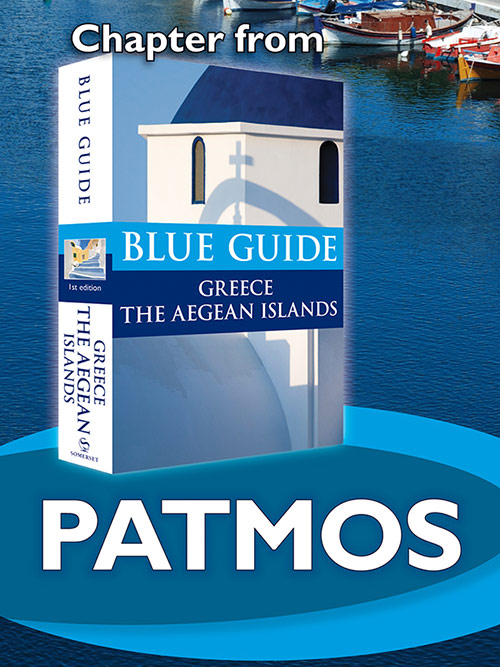
Patmos
-
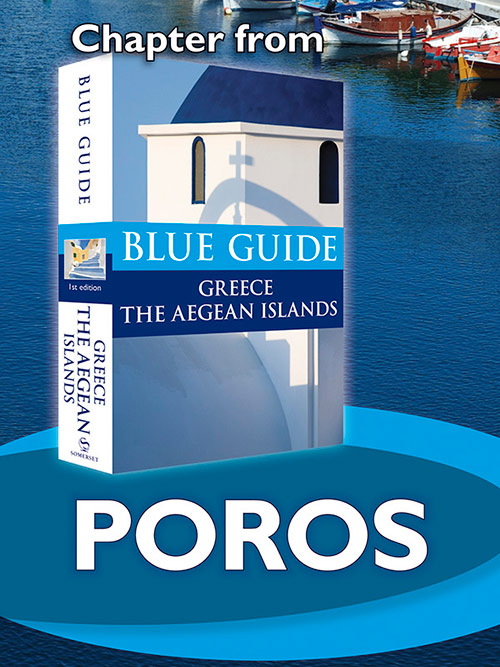
Poros
-
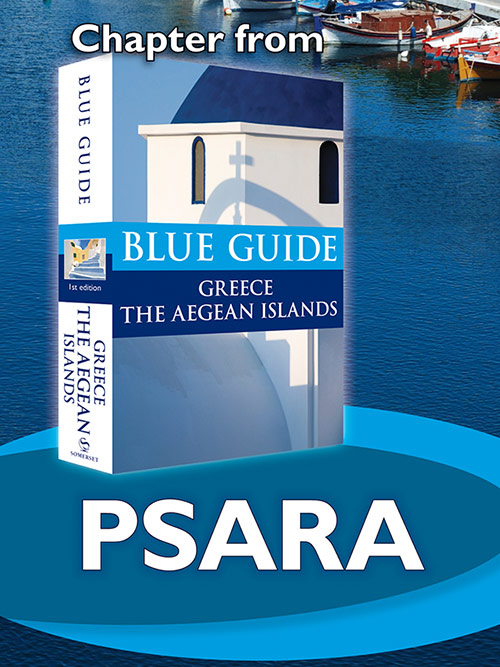
Psara
-
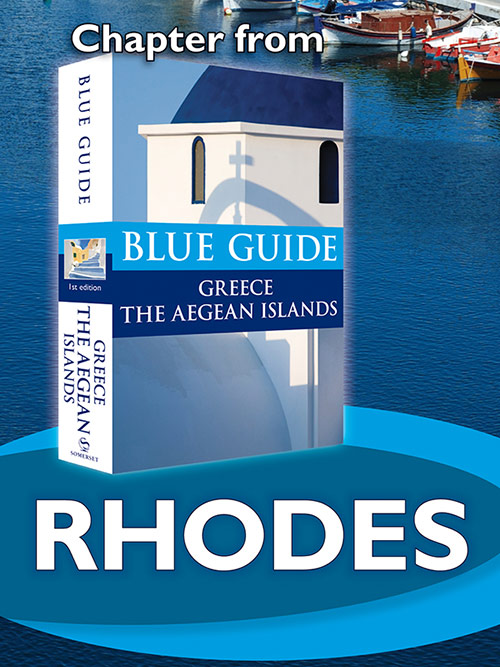
Rhodes
-
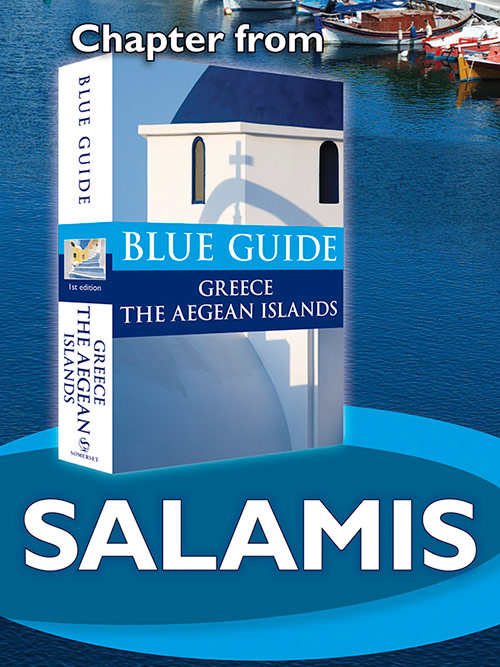
Salamis
-
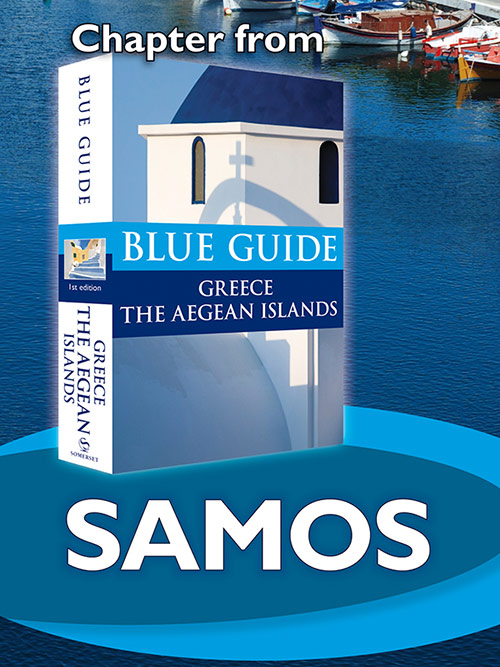
Samos
-
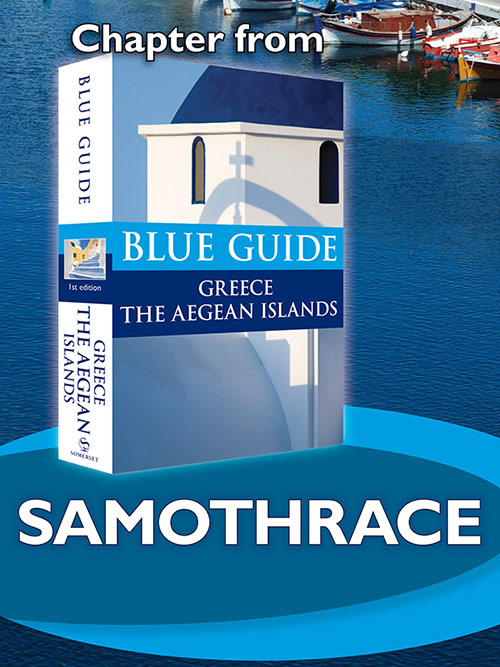
Samothrace
-
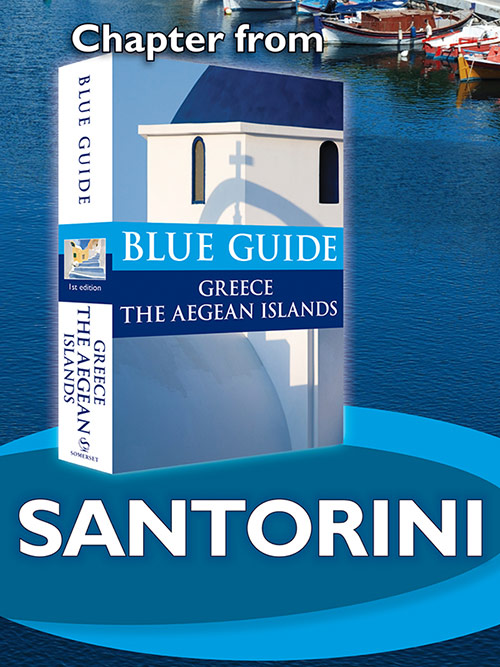
Santorini and Therasia
-
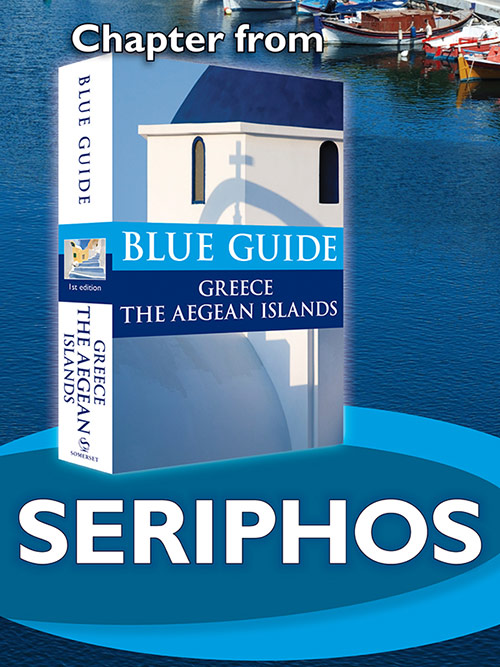
Seriphos
-
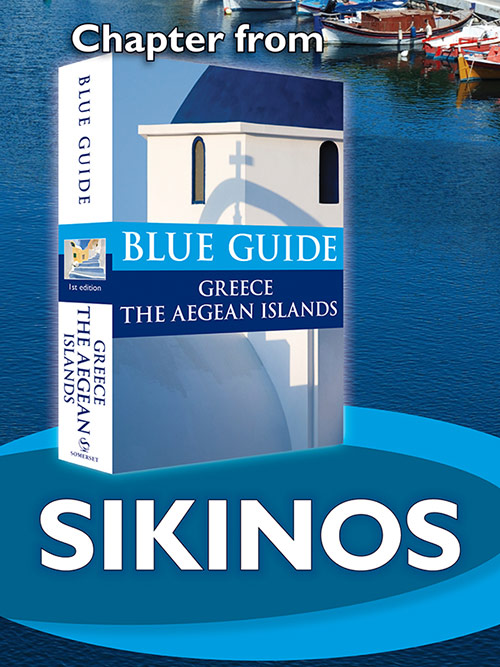
Sikinos
-
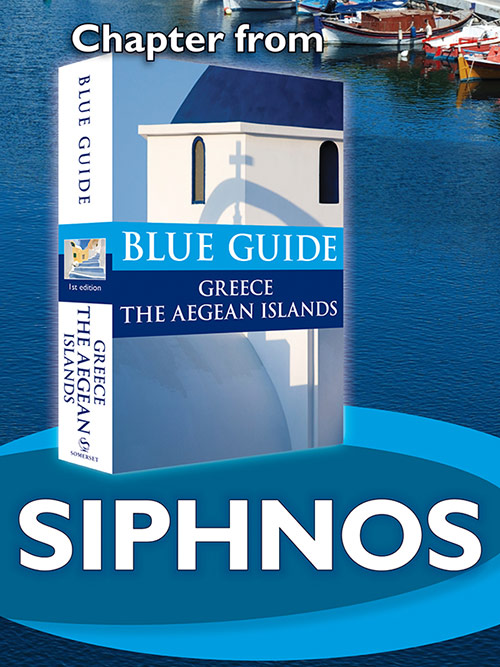
Siphnos
-
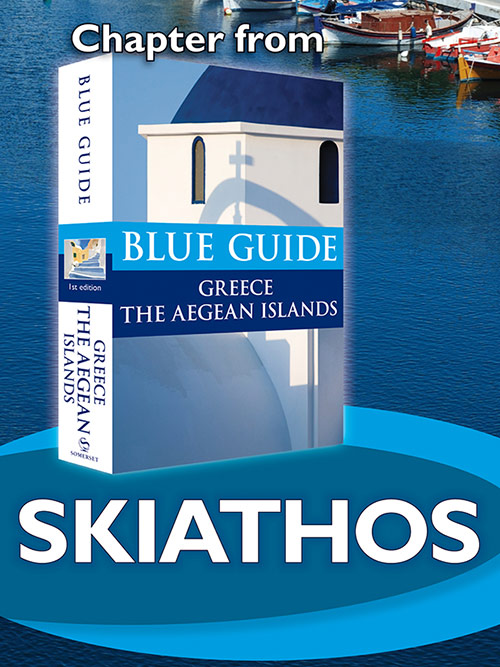
Skiathos
-
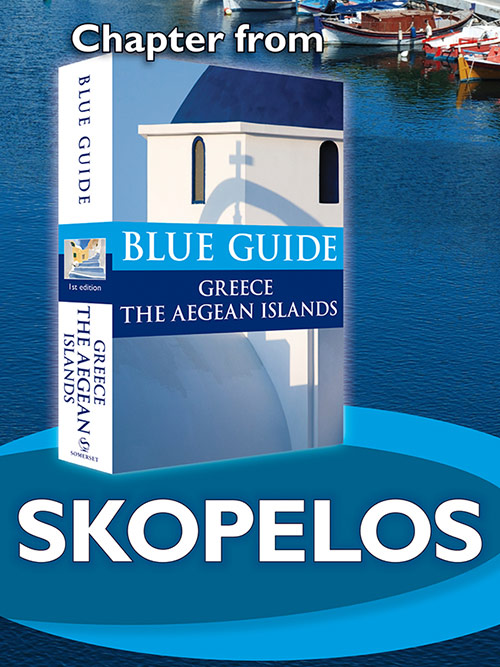
Skopelos
-
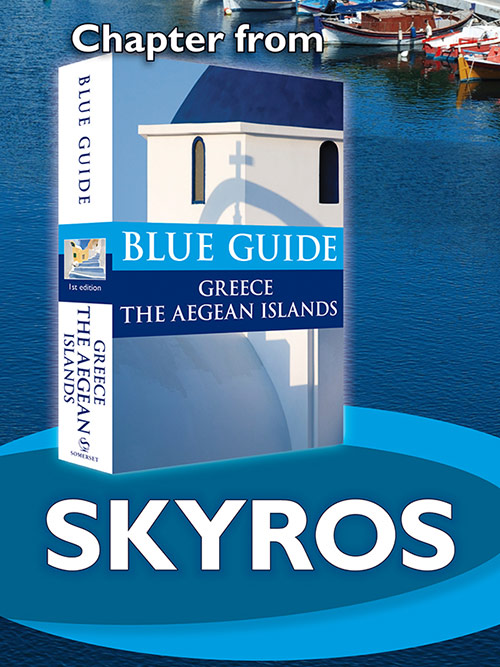
Skyros
-

Spetses
-
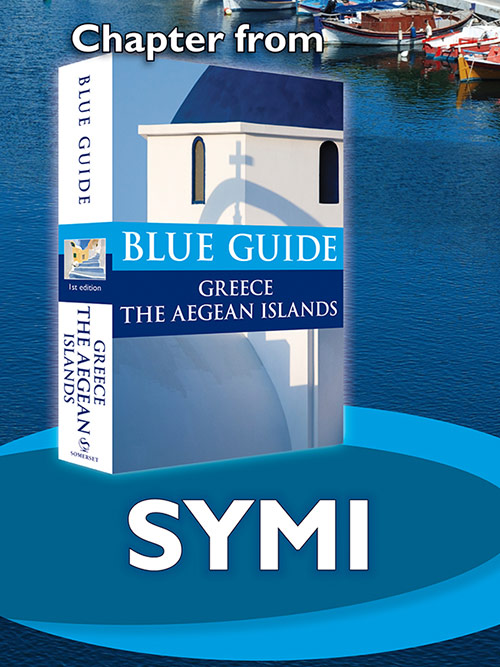
Symi and Sesklia
-
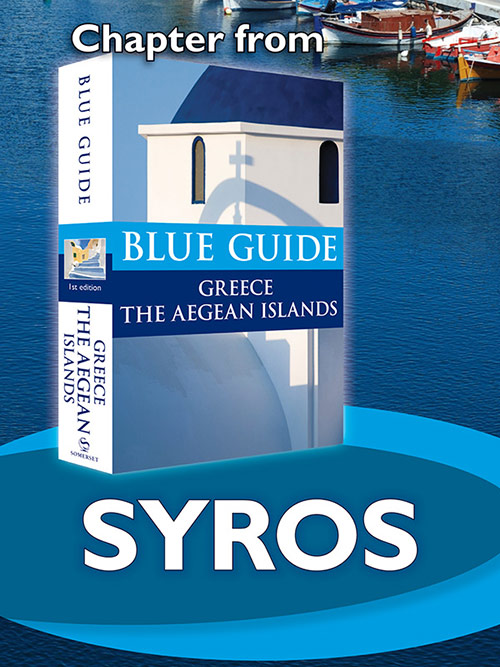
Syros
-
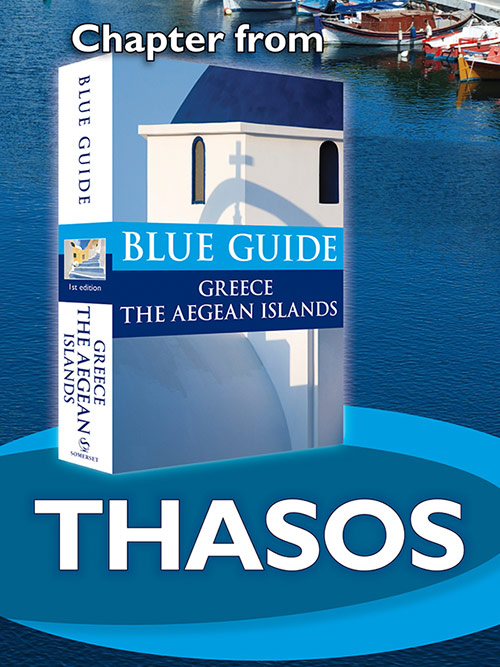
Thasos
-
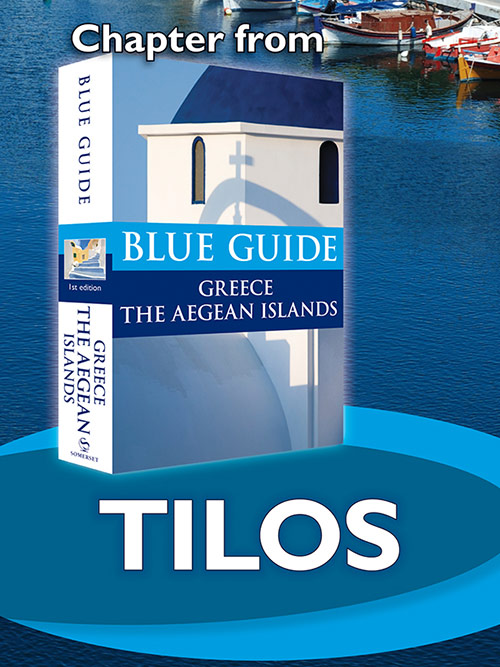
Tilos
-
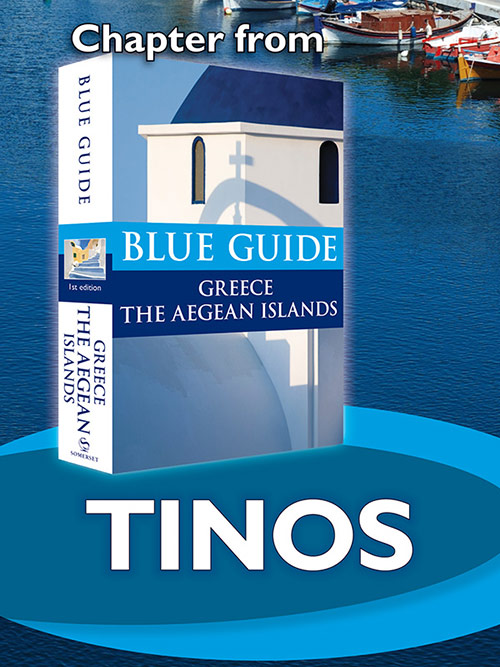
Tinos








